Japanese lantern: Ottawa’s National Arts Centre glows from within
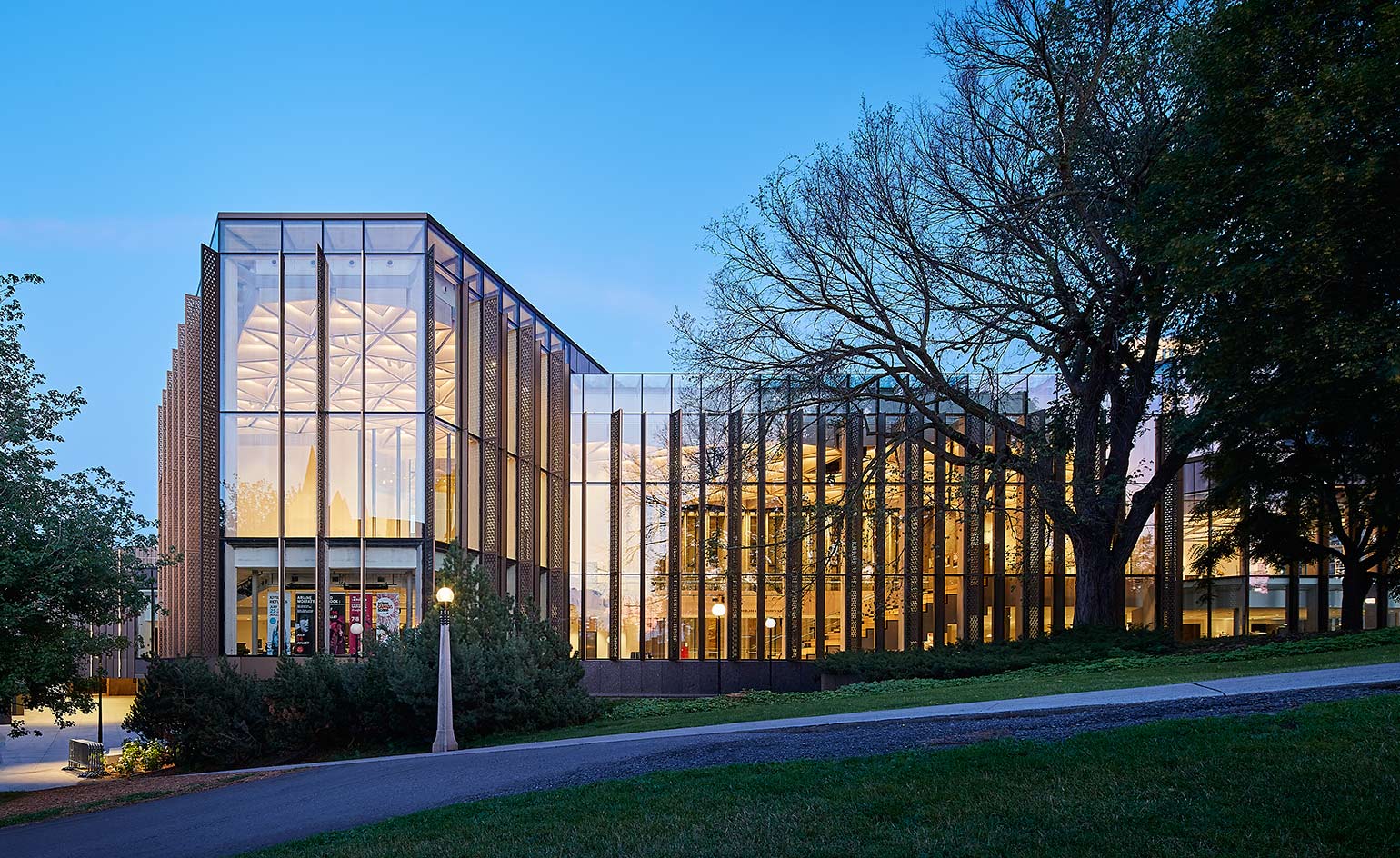
The latest stage in the on-going $225 million rejuvenation of Ottawa’s National Arts Centre by Diamond Schmitt Architects employs light as an architectural element. Inspired by traditional Japanese lanterns as well as the use of light and video in monuments like the Arc de Triomphe and even Yad Vashem, the Kipnes Lantern (named for its generous patrons) is a three storey, hexagonal glass tower, positioned above the new Elgin Street entrance, featuring the largest transparent LED screen in North America.
Originally, the brutalist 1969 Fred Lebensold-designed structure was conceived in concrete, with a rigourous geometry as a series of stunted towers that reference the surrounding rugged terrain of craggy escarpments and Canadian Shield. In keeping with the architects' concept of opening up the building, the lantern will act as a device for illumination, transparency and community engagement. Acting as a ‘fifth stage’ for the venerable arts centre (designated as a national historic site in 2006), the lantern is a literal and figurative beacon, opening up the national cultural symbol to new possibilities.
While the old NAC suffered from a bunker-like insularity, effectively turning its back on the city, the new lantern element will continue the process of connection with nearby Confederation Square, the Rideau Canal and the Parliament Buildings. ‘The unique see-through technology of the screen complements the transparency established in the new public wings that enwrap the NAC and provide connection with downtown Ottawa and outstanding views of nearby landmarks,’ says Donald Schmitt, principal of Diamond Schmitt Architects. In addition to the transparent digital screens on four sides of the Lantern, Vancouver’s ClearLED has also designed smaller fin screens along the Elgin Street façade.
NAC CEO Peter Herrndorf sees the Kipnes Lantern, which will display NAC productions as well as work being done across Canada, as ‘a beacon for the performing arts, showcasing the breadth and excellence of the music, theatre and dance being produced across Canada’. While striking a sober balance with nearby national monuments, the Lantern will also be a touchstone for light and video programs to complement national holidays.
Like an aesthetic Canadian superhero that doesn’t overwhelm its more traditional neighbours, the NAC Lantern reads like a national light box – both a screen for and a reflection of the best of Canadian culture.
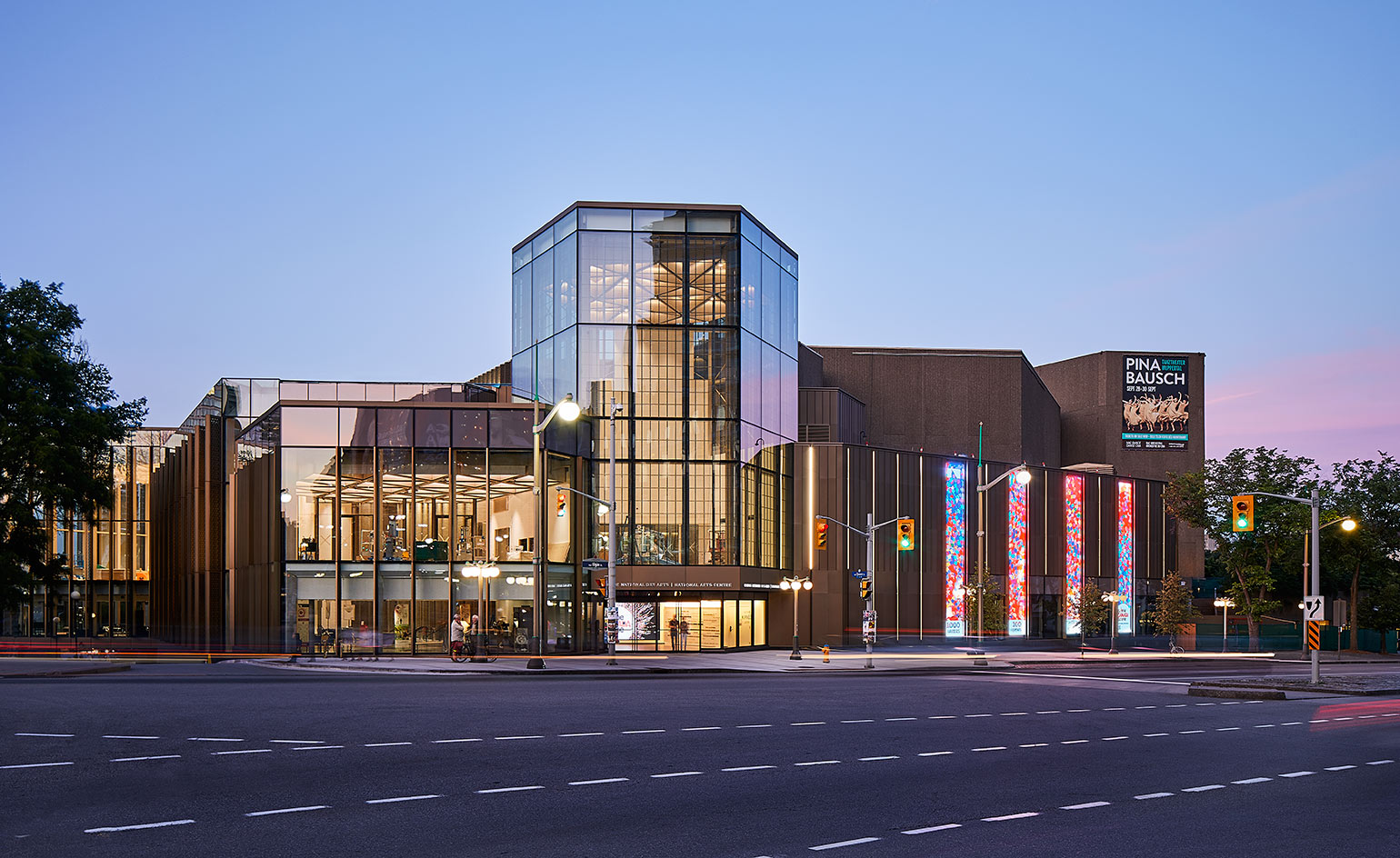
The structure was inspired by Japanese lanterns and is named for its generous patron.
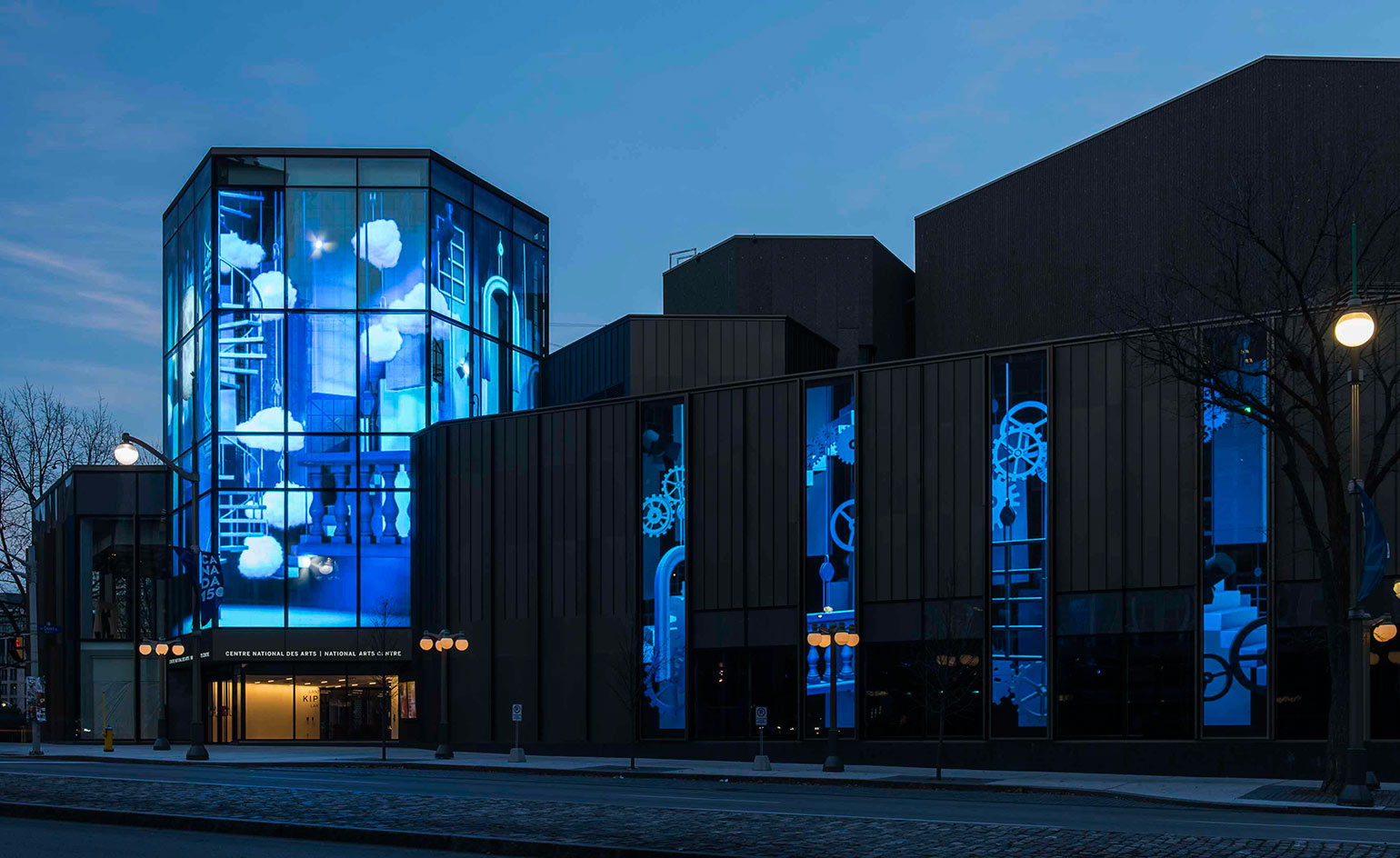
Kipnes Lantern is a three story, hexagonal glass tower, positioned above the new Elgin Street entrance.
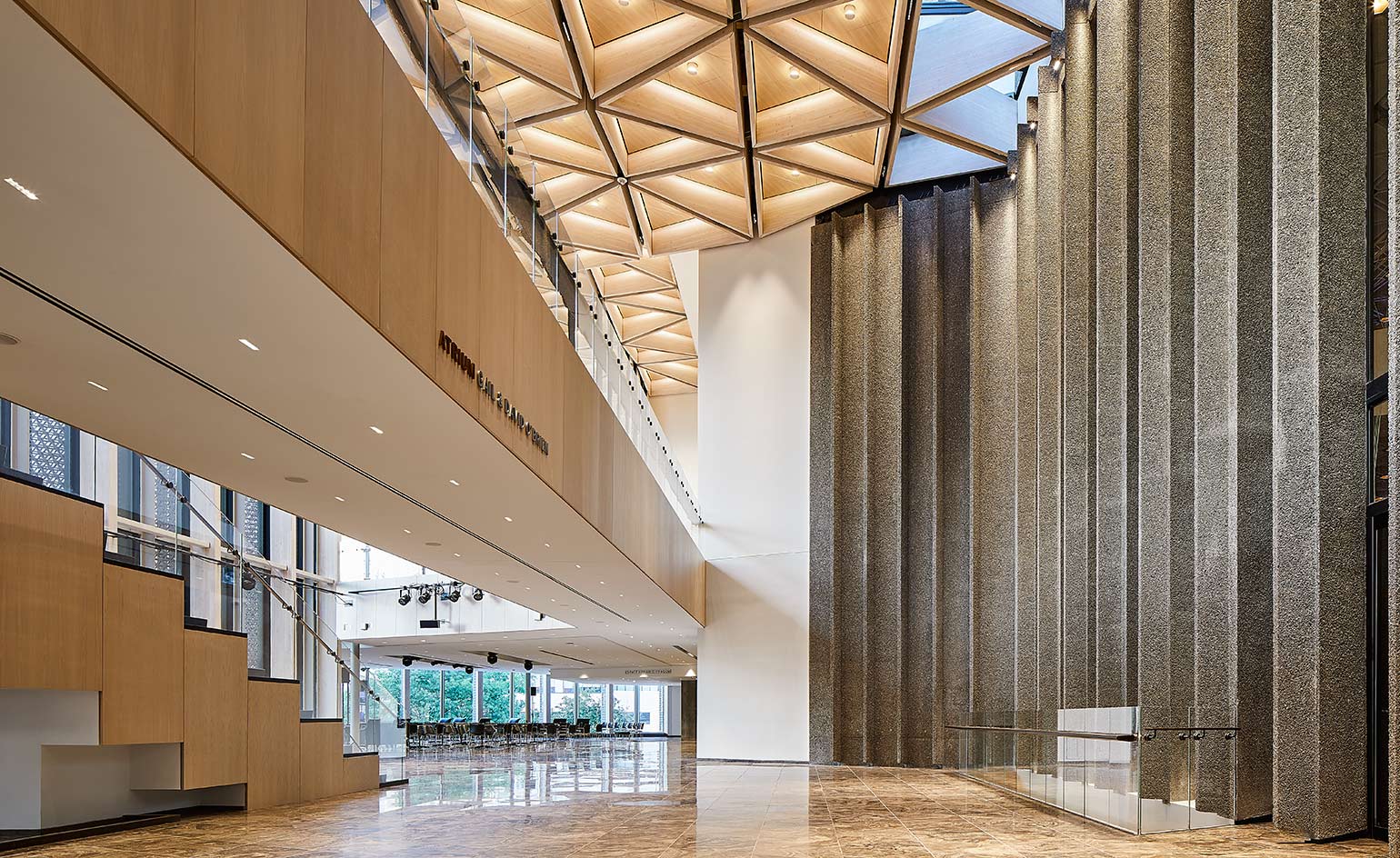
The lantern will act as a device for illumination, transparency and community engagement.
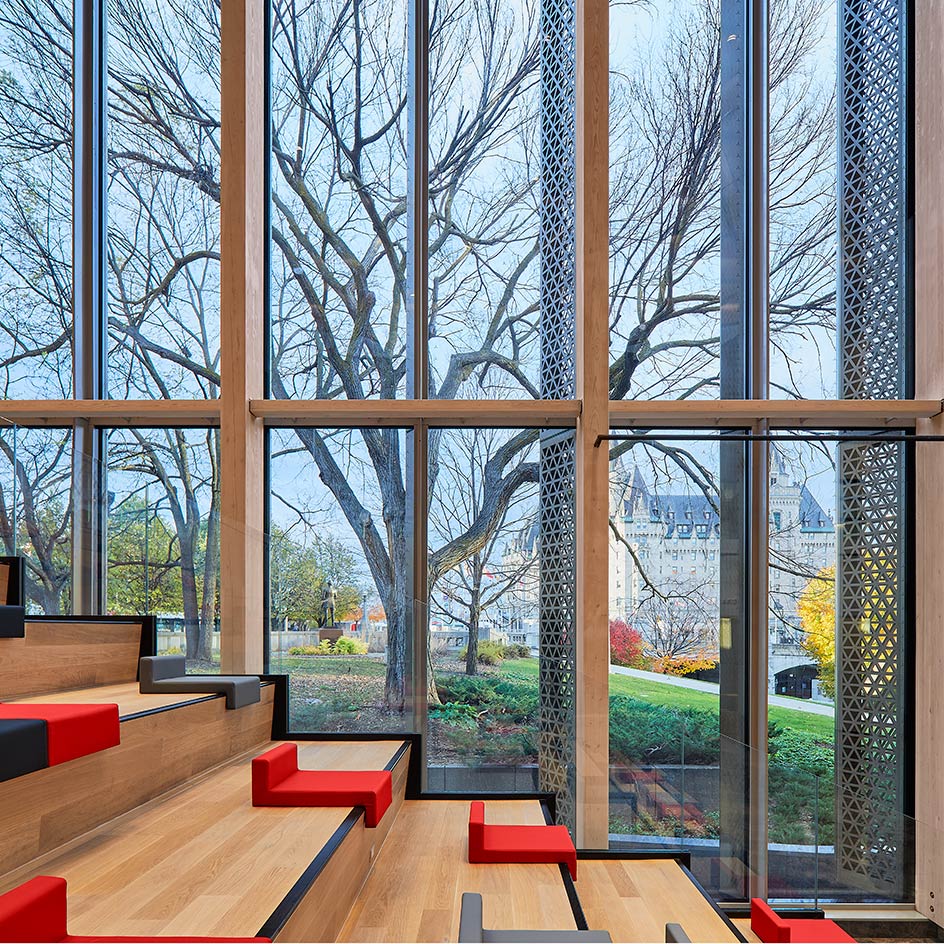
The transparent nature of the glass structure symbolises the opening up of the centre to the public.
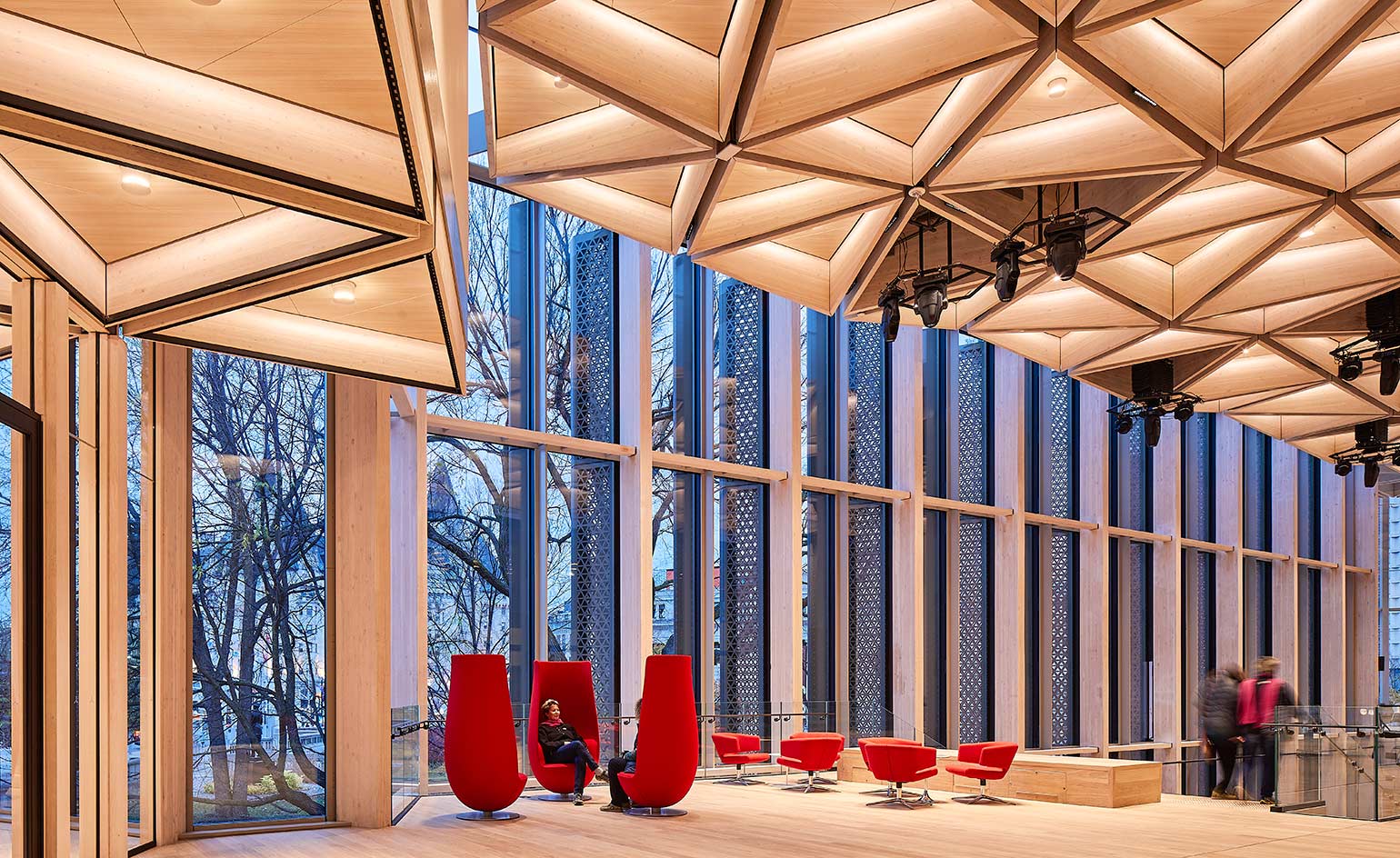
The Lantern will act as a touchstone for light and video programs during national holidays.
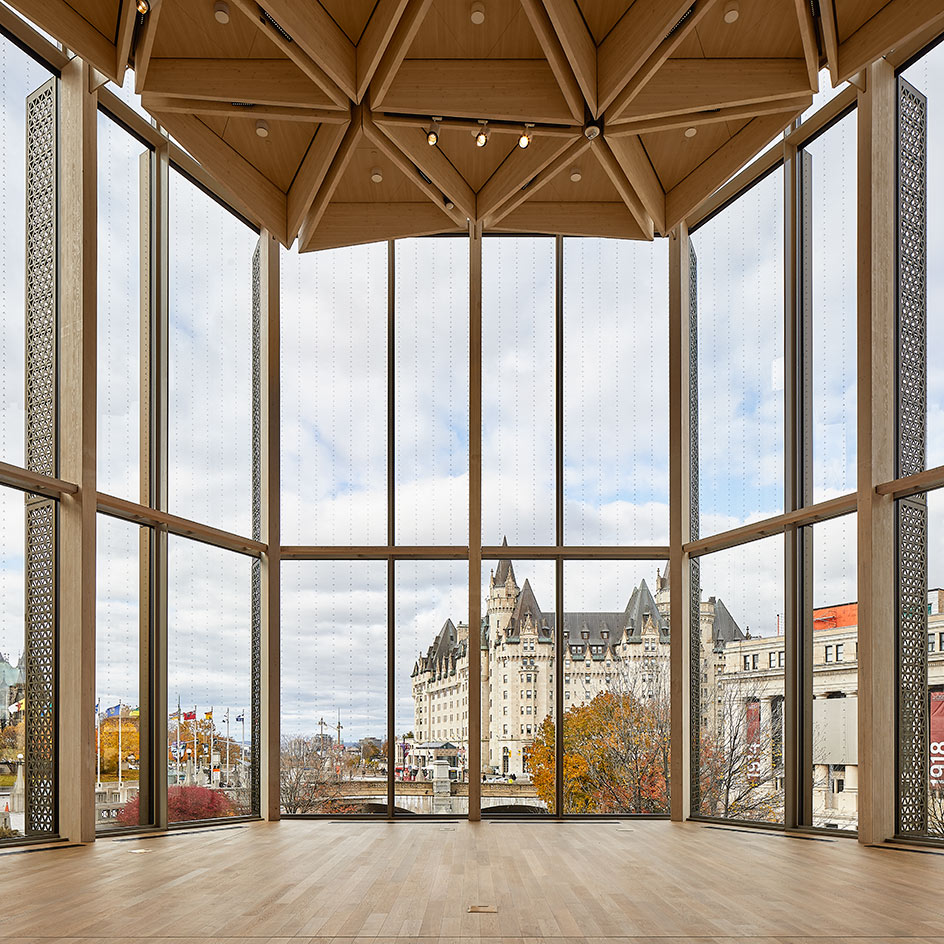
At the same time, the transparency creates a bright and welcoming space inside for the gallery.
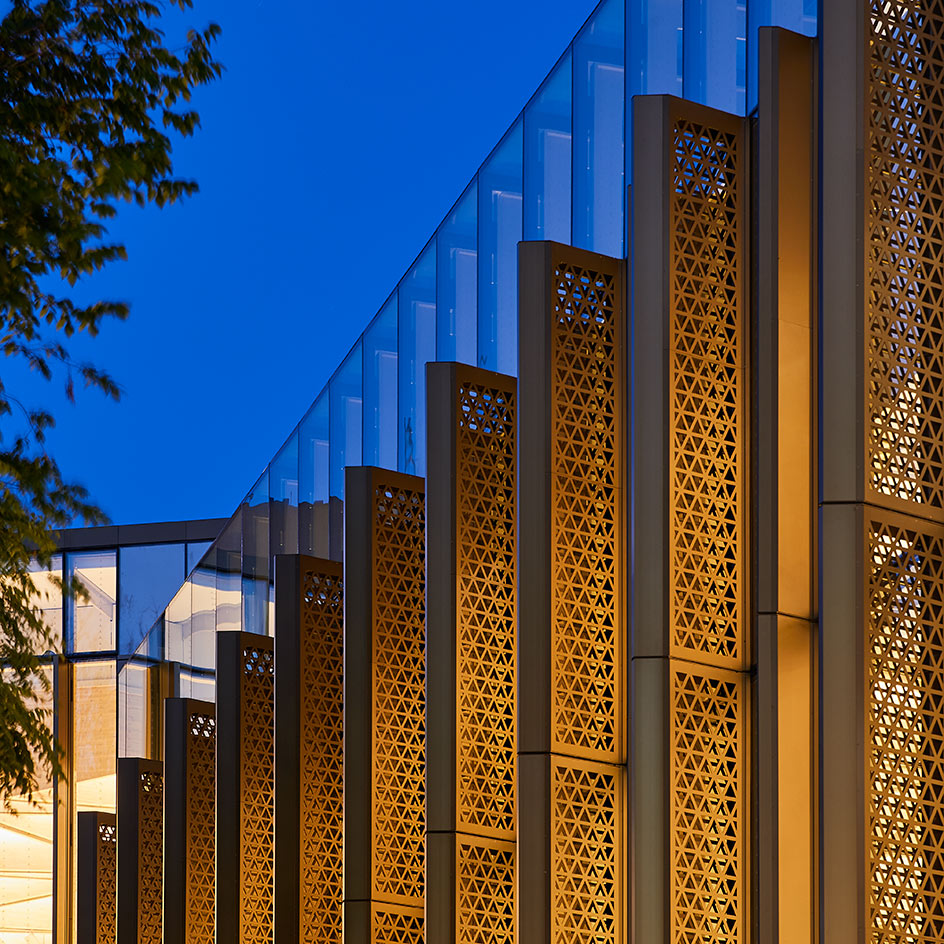
The addition also features the largest transparent LED screen in North America.
INFORMATION
For more information visit the DSAI website
Wallpaper* Newsletter
Receive our daily digest of inspiration, escapism and design stories from around the world direct to your inbox.
-
 Japan in Milan! See the highlights of Japanese design at Milan Design Week 2025
Japan in Milan! See the highlights of Japanese design at Milan Design Week 2025At Milan Design Week 2025 Japanese craftsmanship was a front runner with an array of projects in the spotlight. Here are some of our highlights
By Danielle Demetriou
-
 Tour the best contemporary tea houses around the world
Tour the best contemporary tea houses around the worldCelebrate the world’s most unique tea houses, from Melbourne to Stockholm, with a new book by Wallpaper’s Léa Teuscher
By Léa Teuscher
-
 ‘Humour is foundational’: artist Ella Kruglyanskaya on painting as a ‘highly questionable’ pursuit
‘Humour is foundational’: artist Ella Kruglyanskaya on painting as a ‘highly questionable’ pursuitElla Kruglyanskaya’s exhibition, ‘Shadows’ at Thomas Dane Gallery, is the first in a series of three this year, with openings in Basel and New York to follow
By Hannah Silver
-
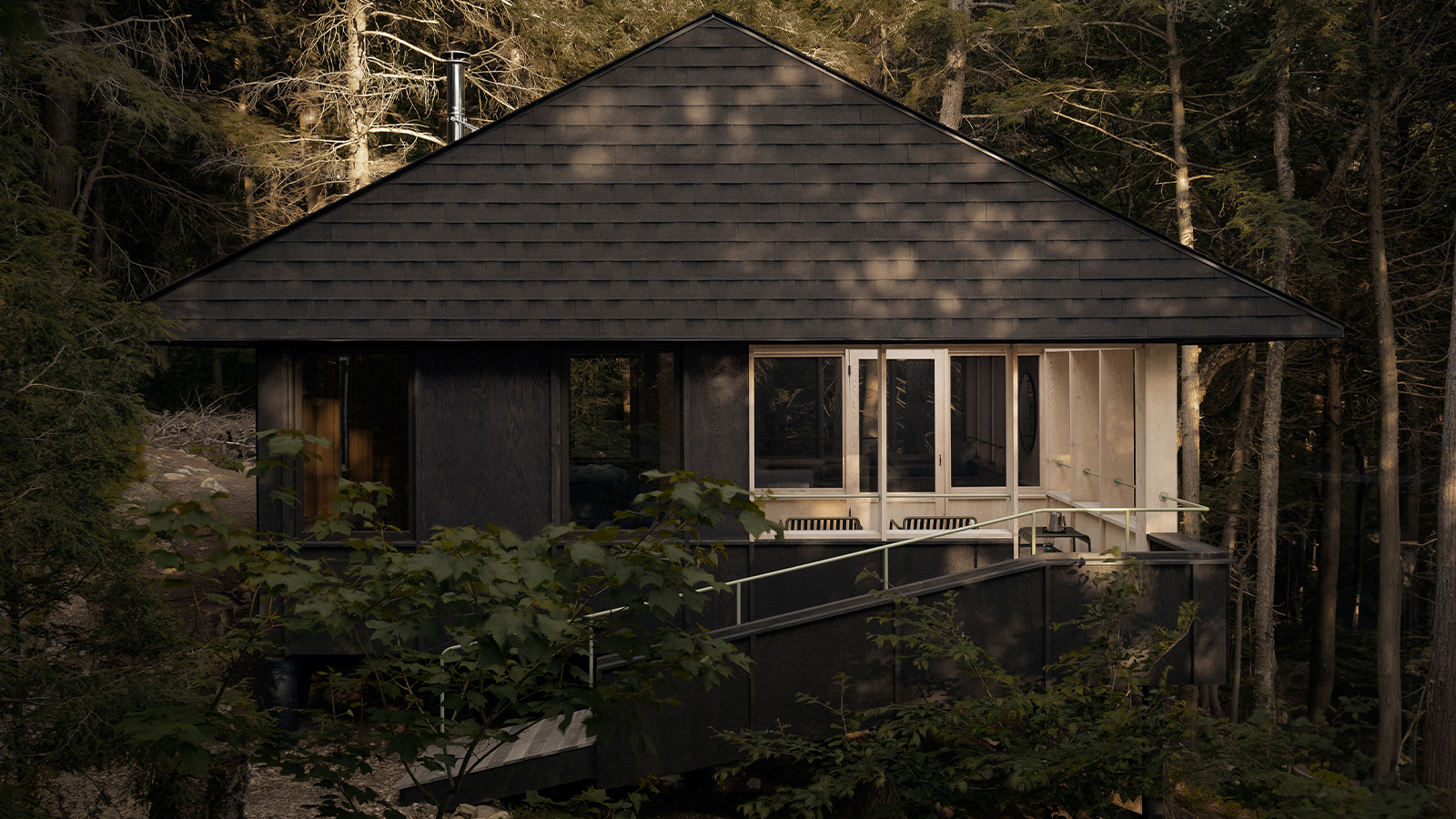 Smoke Lake Cabin is an off-grid hideaway only accessible by boat
Smoke Lake Cabin is an off-grid hideaway only accessible by boatThis Canadian cabin is a modular and de-mountable residence, designed by Anya Moryoussef Architect (AMA) and nestled within Algonquin Provincial Park in Ontario
By Tianna Williams
-
 Ten contemporary homes that are pushing the boundaries of architecture
Ten contemporary homes that are pushing the boundaries of architectureA new book detailing 59 visually intriguing and technologically impressive contemporary houses shines a light on how architecture is evolving
By Anna Solomon
-
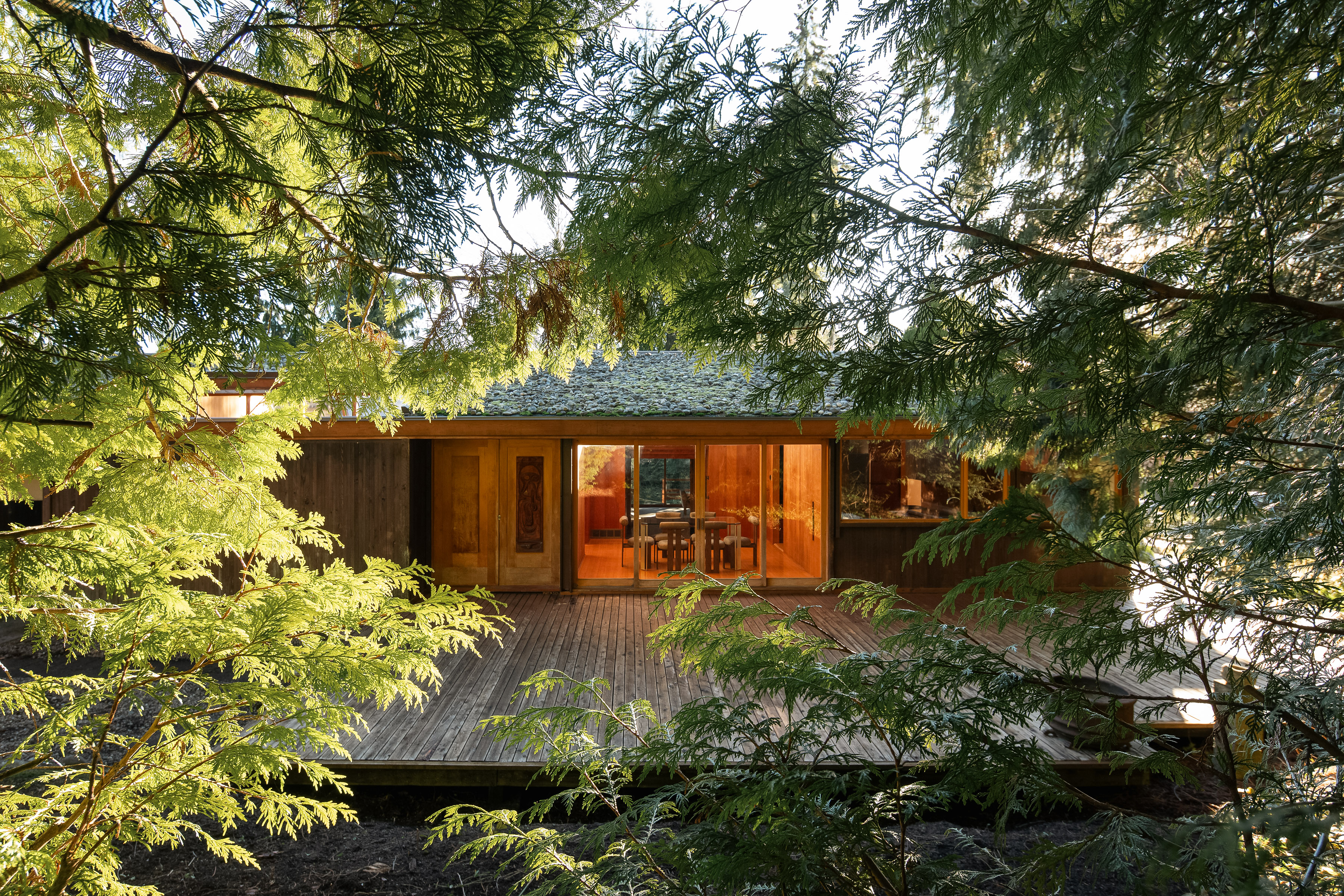 Explore the Perry Estate, a lesser-known Arthur Erickson project in Canada
Explore the Perry Estate, a lesser-known Arthur Erickson project in CanadaThe Perry estate – a residence and studio built for sculptor Frank Perry and often visited by his friend Bill Reid – is now on the market in North Vancouver
By Hadani Ditmars
-
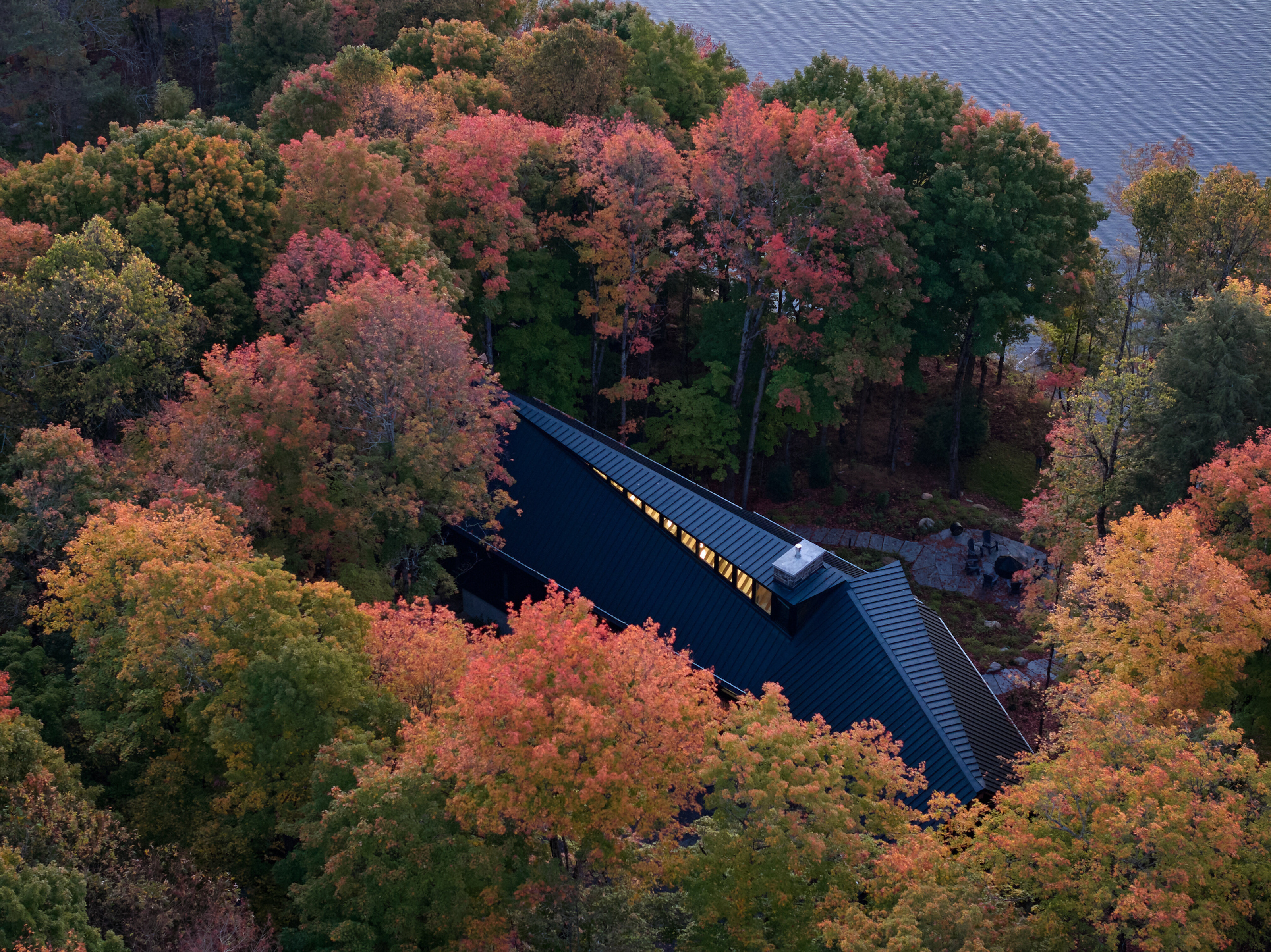 A new lakeshore cottage in Ontario is a spectacular retreat set beneath angled zinc roofs
A new lakeshore cottage in Ontario is a spectacular retreat set beneath angled zinc roofsFamily Cottage by Vokac Taylor mixes spatial gymnastics with respect for its rocky, forested waterside site
By Jonathan Bell
-
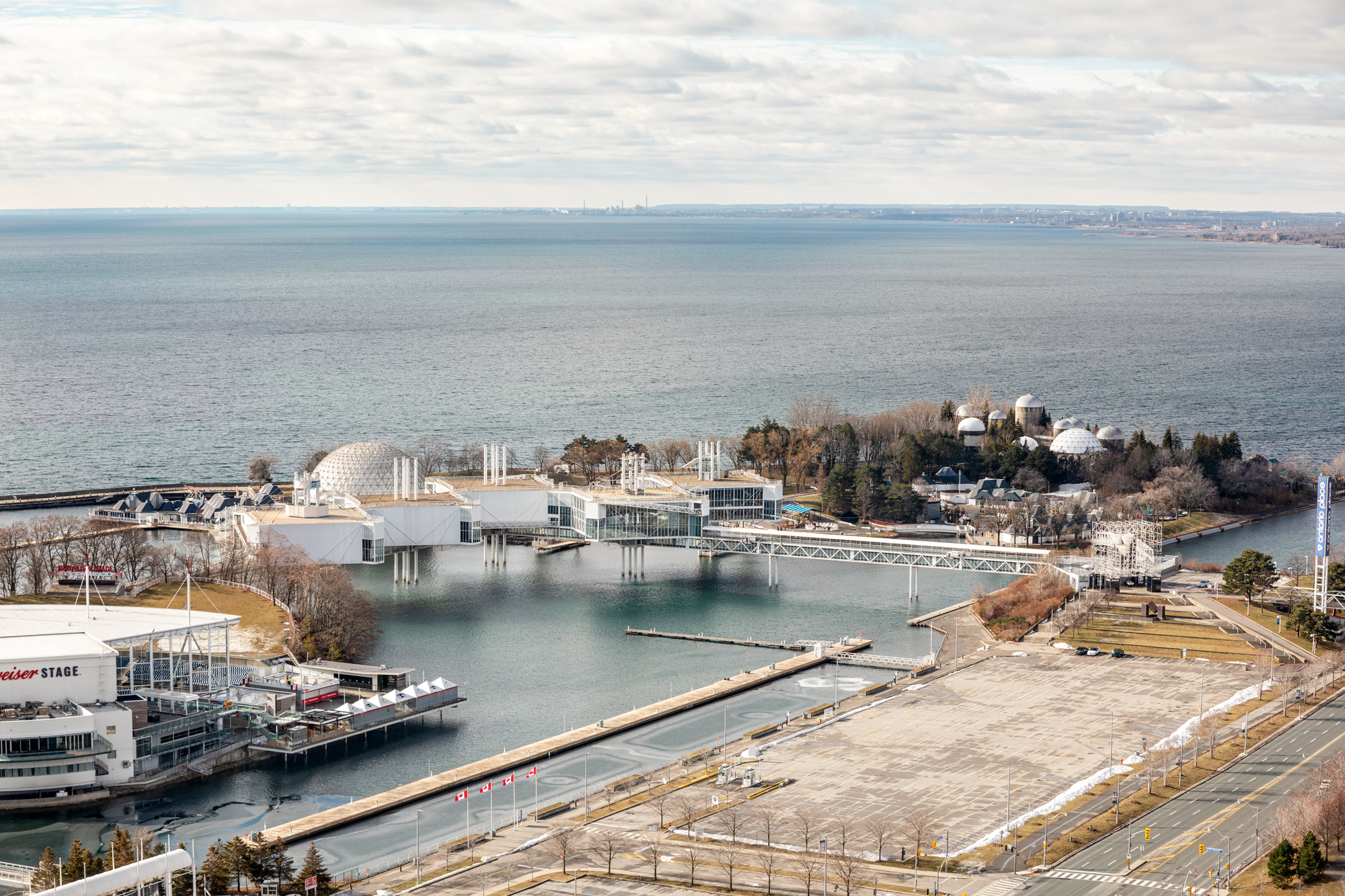 We zoom in on Ontario Place, Toronto’s lake-defying 1971 modernist showpiece
We zoom in on Ontario Place, Toronto’s lake-defying 1971 modernist showpieceWe look back at Ontario Place, Toronto’s striking 1971 showpiece and modernist marvel with an uncertain future
By Dave LeBlanc
-
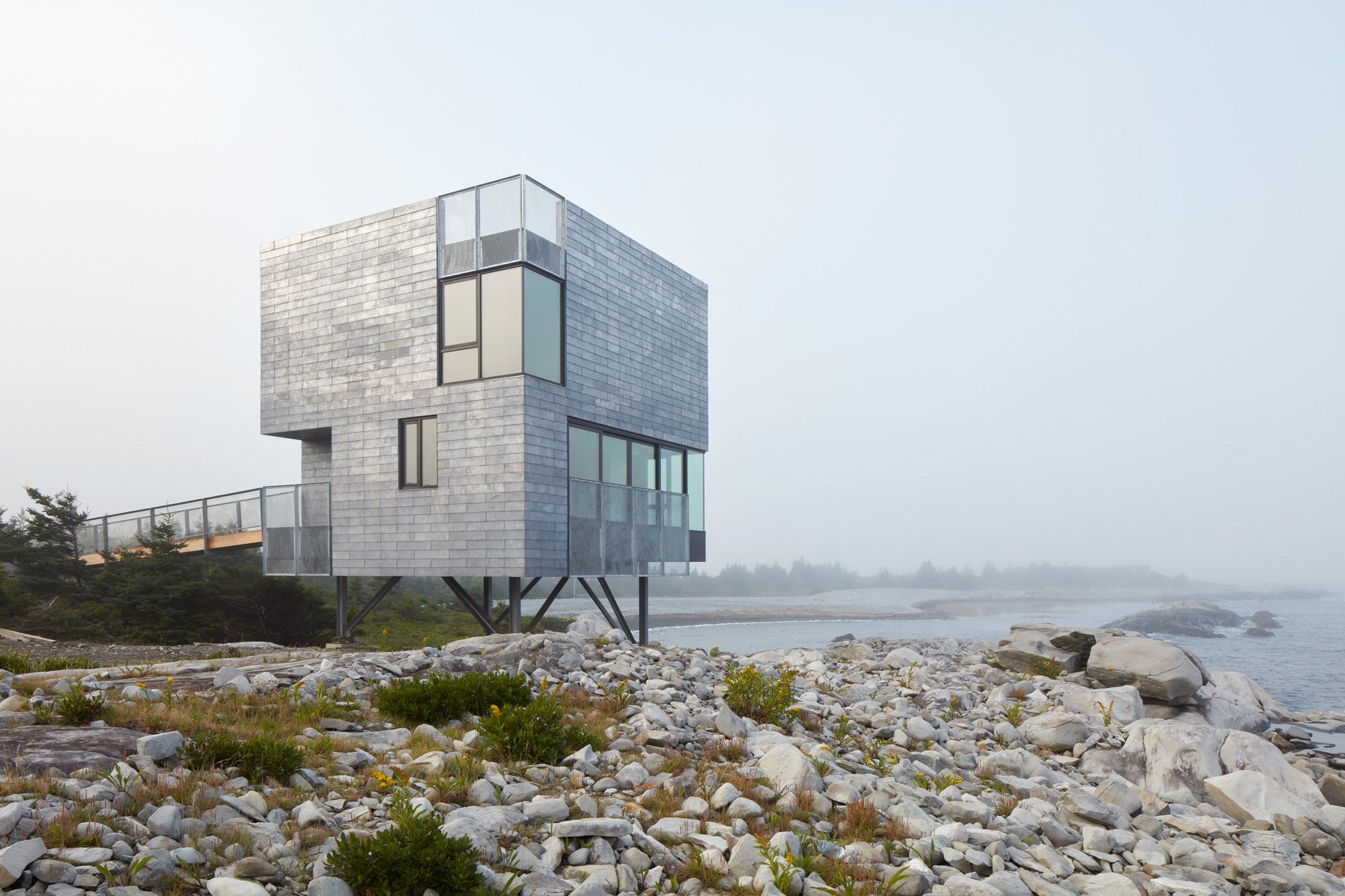 This Canadian guest house is ‘silent but with more to say’
This Canadian guest house is ‘silent but with more to say’El Aleph is a new Canadian guest house by MacKay-Lyons Sweatapple, designed for seclusion and connection with nature, and a Wallpaper* Design Awards 2025 winner
By Ellie Stathaki
-
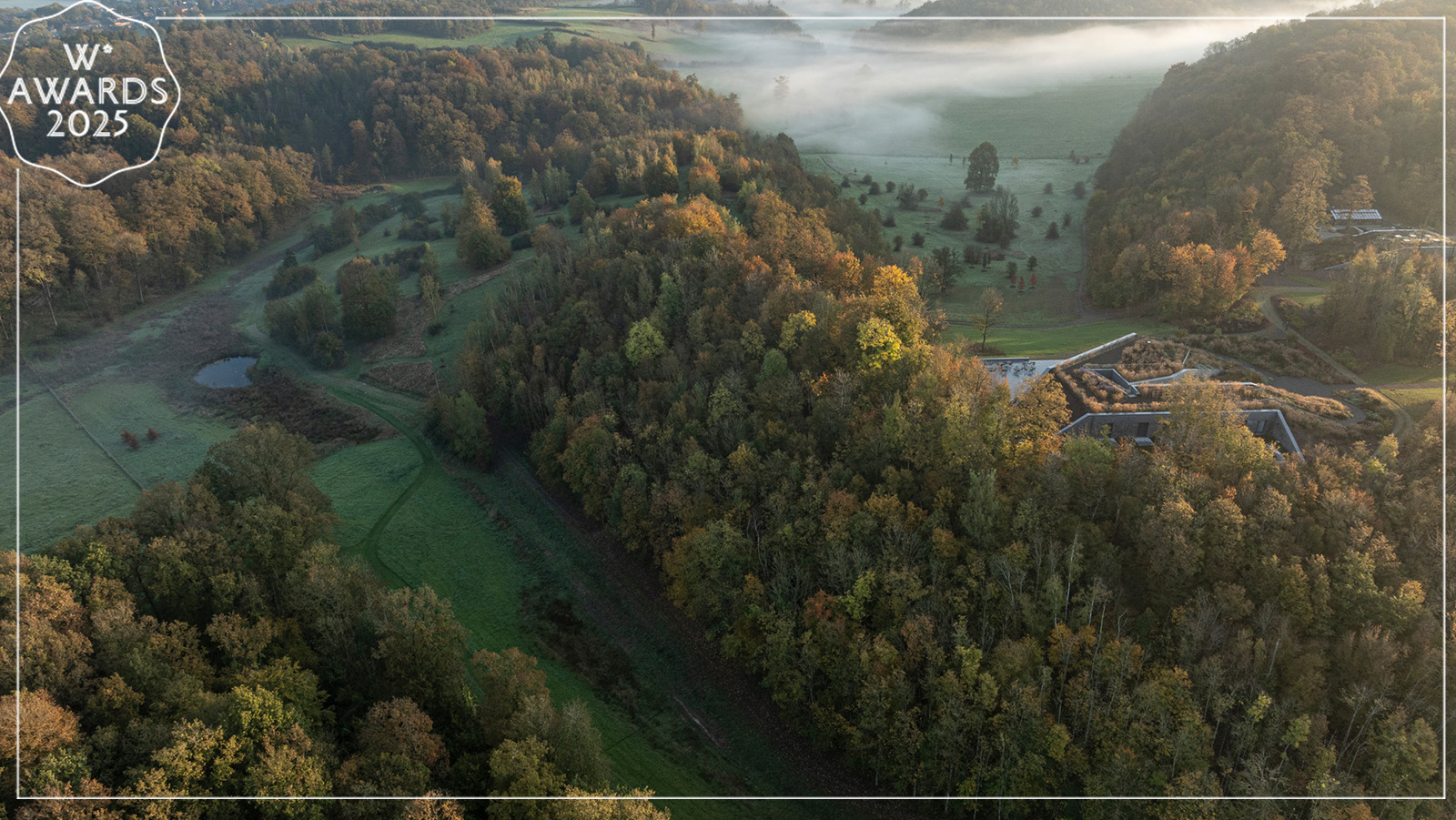 Wallpaper* Design Awards 2025: celebrating architectural projects that restore, rebalance and renew
Wallpaper* Design Awards 2025: celebrating architectural projects that restore, rebalance and renewAs we welcome 2025, the Wallpaper* Architecture Awards look back, and to the future, on how our attitudes change; and celebrate how nature, wellbeing and sustainability take centre stage
By Ellie Stathaki
-
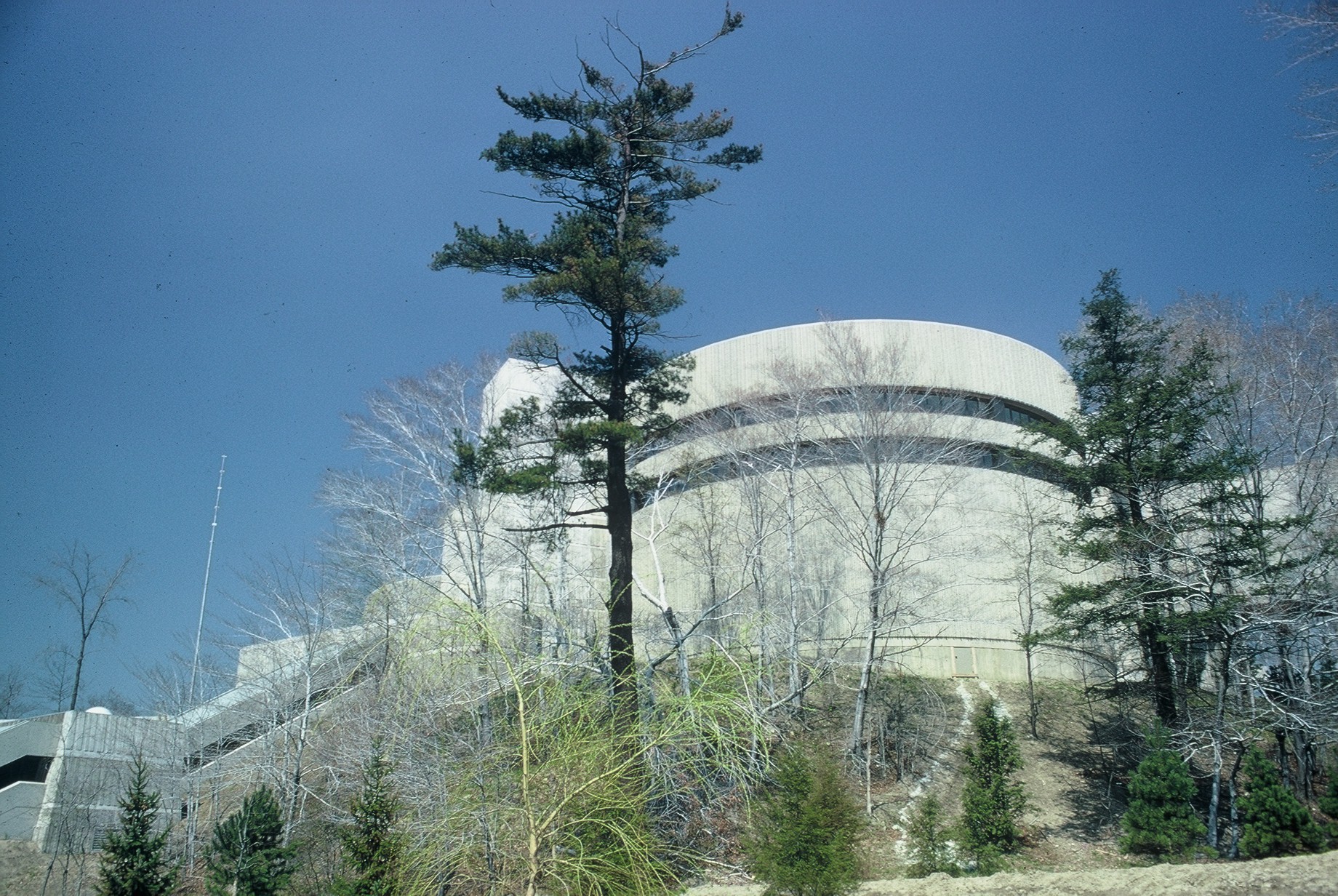 The case of the Ontario Science Centre: a 20th-century architecture classic facing an uncertain future
The case of the Ontario Science Centre: a 20th-century architecture classic facing an uncertain futureThe Ontario Science Centre by Raymond Moriyama is in danger; we look at the legacy and predicament of this 20th-century Toronto gem
By Dave LeBlanc